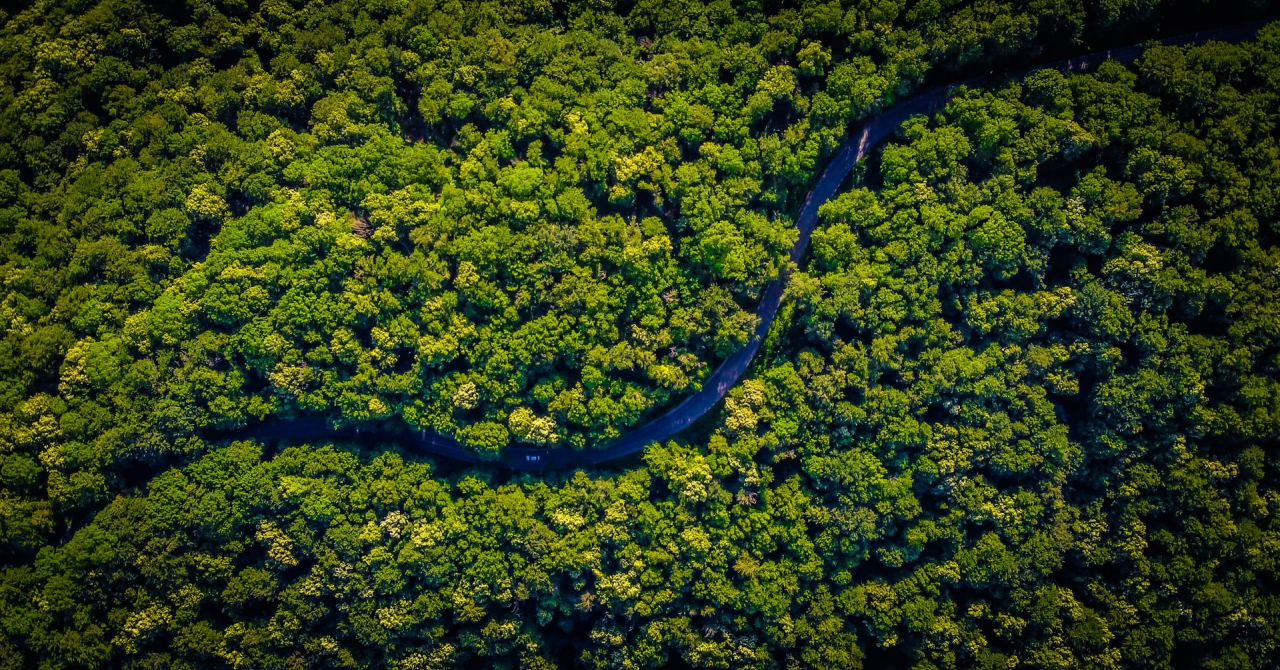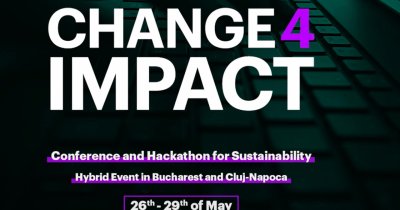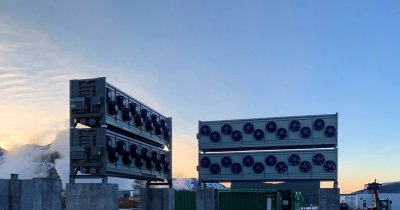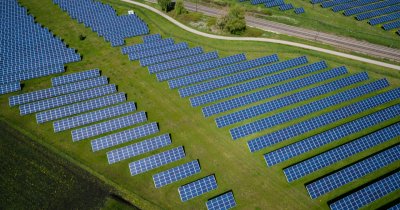For example, in 2021, a study cited by The Guardian was talking about the fact that for the first time, the Amazonian rainforest has emitted more CO2 than it was able to absorb. Hotter temperatures, the significant forest fires and the droughts, all of which reached record levels in 2021, made the Amazon become a source for carbon dioxide, rather than the “cure” for it.
Also in 2021, the U.N. declared the start of the Decade on Ecosystem Restoration, which runs until 2030. For restoration projects in general, a fundamental issue is generating the resources to make restoration feasible. Now, organizations can work together with municipalities, private companies and implement projects meant to help the restoration of ecosystems.
The UN Decade will provide a hub for everyone interested in restoration to find projects, partners, funding and the knowledge they need to make their restoration efforts a success.
According to the World Economic Forum, a programme to restore forest cover in a watershed area that serves São Paulo and other urban centrers has restored 5,000 hectares (12,400 acres) since 2016.
The Conservador da Mantiqueira programme includes 425 municipalities in the Mantiqueira Mountains in the states of São Paulo, Rio de Janeiro and Minas Gerais.
The programme was inspired by the smaller Conservador das Águas project in the municipality of Extrema, Minas Gerais state, which has planted more than 2 million native trees since it started in 2005.
 Oana Coșman
Oana Coșman












Any thoughts?